Sciatica and piriformis syndrome are two closely related conditions that can cause pain and discomfort along the sciatic nerve. It is important to identify the source of the pain to determine the appropriate medical professional for treatment.
Let’s explore the different healthcare professionals who can effectively treat sciatica and piriformis syndrome, as well as the potential role of self-treatment tools like Acu-hump.
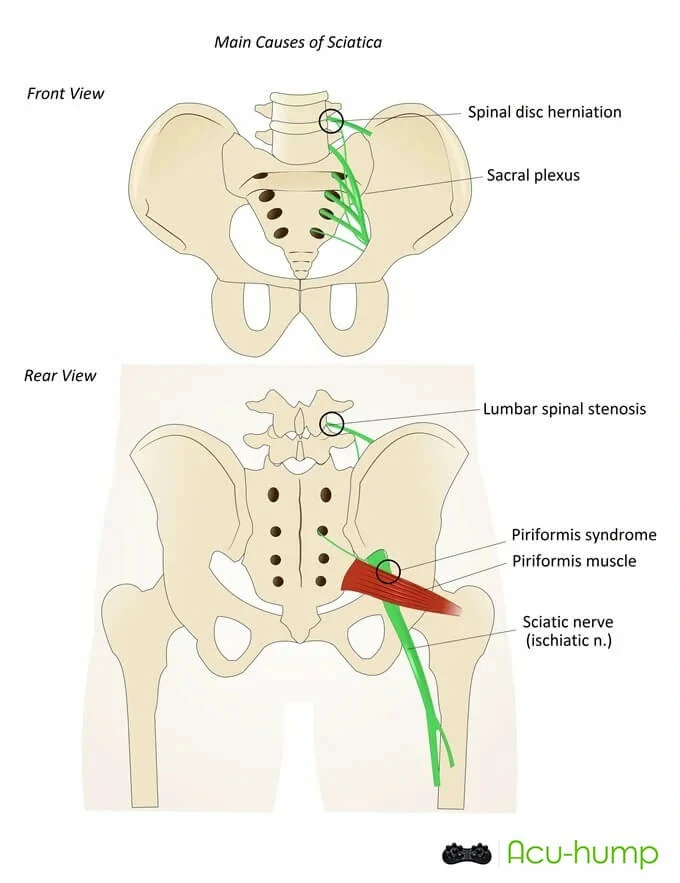
What are these conditions felt
Both conditions significantly impact daily life, making activities such as walking, sitting, and engaging in routine tasks difficult. The pain can range from dull to sharp or throbbing and can vary from mild to severe. In some cases, the pain can be extremely intense.
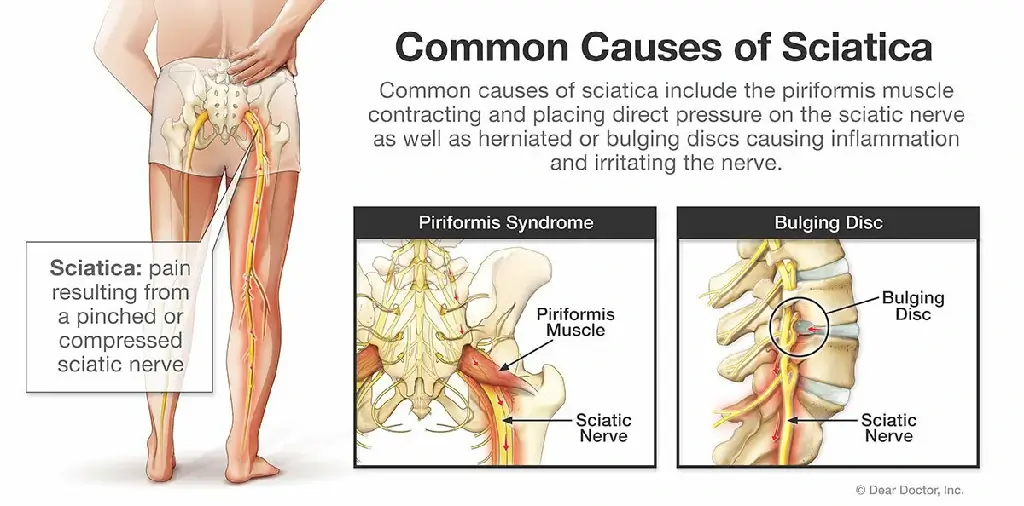
Individuals experiencing these conditions should seek medical attention. Without proper treatment, the pain and discomfort can worsen, leading to further injury. In certain cases, if left untreated, the damage can become permanent.
Therefore, it is crucial to identify the source of the pain when selecting appropriate medical professionals.
Who is best to treat piriformis syndrome
Primary care physicians
They play a crucial role as a first point of contact. They perform physical examinations, review medical history, and prescribe pain-relieving medications. Muscle relaxants are a common prescription for pain relief.
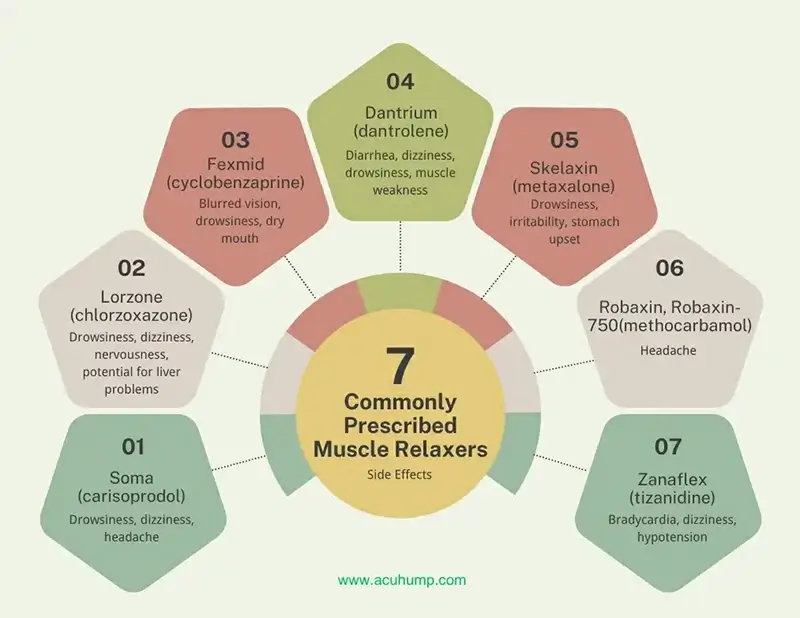
These medications can temporarily relax your muscles but should not be used long-term. In another article, we discuss the side effects and contraindications of 7 muscle relaxants. If you are interested in trying muscle relaxants, click to read more!
Primary care physicians may also refer patients to specialists such as chiropractors or physical therapists if necessary.
Chiropractors
They are healthcare professionals specializing in the musculoskeletal system. They provide non-invasive treatment options for sciatica and piriformis syndrome. They utilize manual adjustments to relieve nerve compression, pain, and inflammation.
If the sciatic nerve is affected from the lower back, chiropractors may adjust the lumbar spine. They can also address pelvic misalignments associated with piriformis syndrome.

Physical therapistsare experts
In diagnosing and treating various musculoskeletal conditions. They use techniques like sciatica stretching (lower back stretches, piriformis stretches, and hamstring stretches), strengthening exercises, and manual therapies.
For piriformis syndrome, physical therapists may utilize heat therapy, massage, and stretching to release tension in the buttock muscles and alleviate pressure on the piriformis muscle.

Traditional Chinese medicine
TCM is another option for treating sciatica and piriformis syndrome. Practices such as acupuncture, cupping, and massage are used to alleviate pain. Traditional Chinese medicine is particularly effective in treating sciatic nerve pain caused by muscle fatigue and spasms. It can also address postural imbalances.
However, when it comes to herniated discs, Chinese medicine can provide temporary pain relief but cannot solve the underlying problem, which often requires invasive treatment. Surgery is not recommended unless necessary for daily functioning due to associated risks.
If you have sciatic nerve pain and piriformis syndrome due to muscle imbalances, combining the treatments of a physical therapist and Chinese medicine may be beneficial. Chinese medicine can provide initial relief, and then through stretching and strengthening weak muscles, you can avoid pain flare-ups.
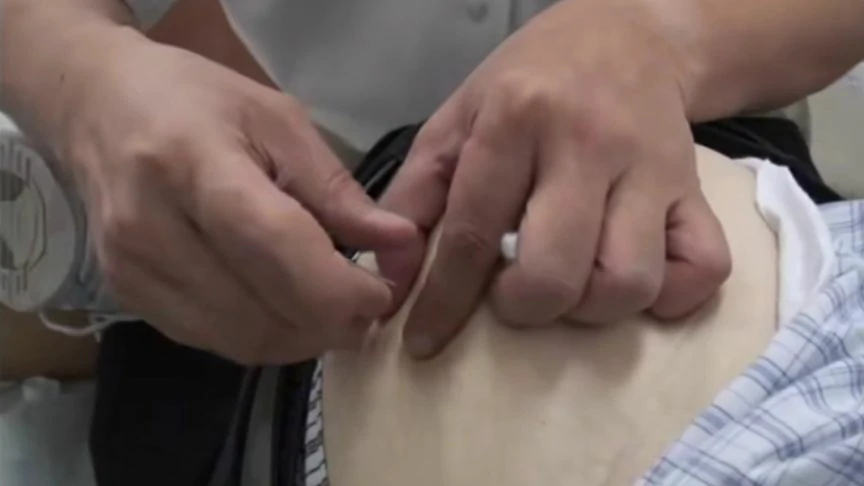
Orthopedic surgeons
May be necessary in severe cases where non-invasive treatments do not provide relief. These specialists focus on bone and muscle surgery. Surgeons assess the condition and collaborate with patients to determine if surgical intervention, such as removing damaged tissues or nerves and strengthening the affected area, is the best course of action.
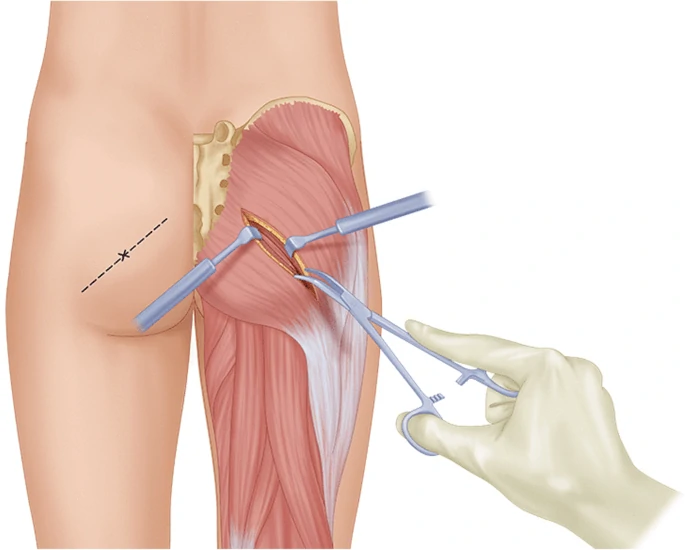
In addition to professional treatment options, self-care methods using tools like Acu-hump can aid in the healing of piriformis syndrome and sciatica.
Acu-hump: Full refund policy. No risk for you.
Acu-hump is a trigger points massage tool specifically designed to target areas of tension and discomfort in the muscles of the lower back, hips, and buttocks.

Its unique design allows for both self-massage and stretching exercises, significantly reducing pain and discomfort associated with these conditions.
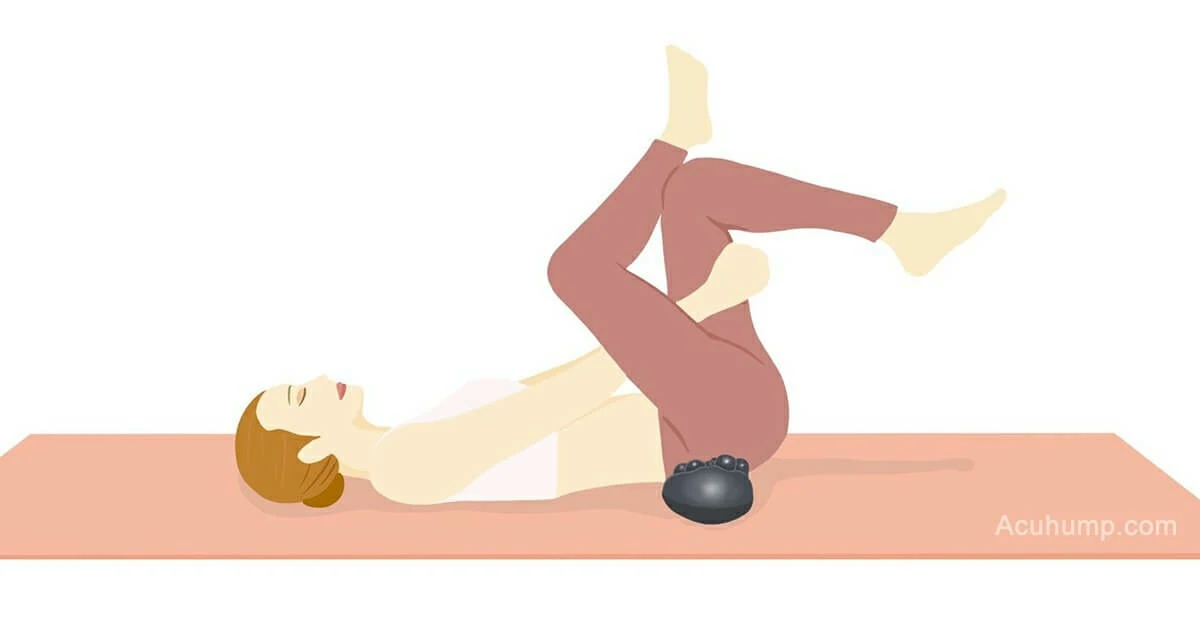
Acu-hump: 30-day return policy. No risk for you.
You can download a free PDF of stretching instructions and stop your sciatica pain in 10 minutes a day.
Quickly save it to your phone and take action!
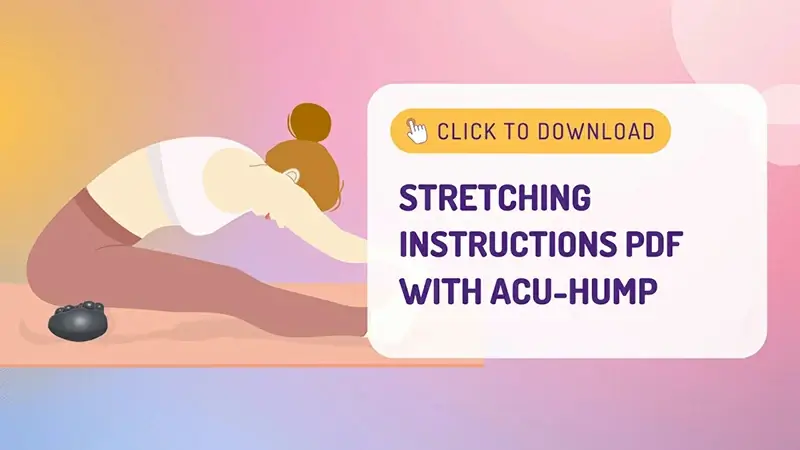
In summary, chiropractors, physical therapists, orthopedic surgeons, and primary care physicians are healthcare professionals who can effectively treat sciatica and piriformis syndrome. Self-care methods, including the use of tools like Acu-hump, can be valuable additions to professional treatment for symptom relief and management.

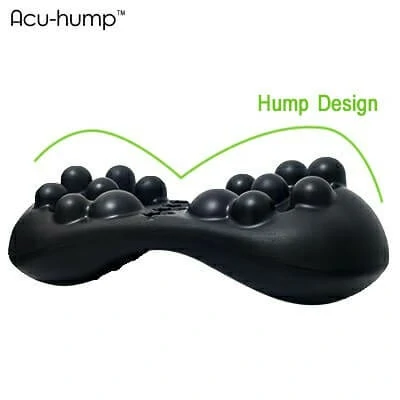
Release Your Sciatic Nerve Today
Additionally, traditional Chinese medicine can be a suitable option for certain types of pain. It is recommended to consult with a healthcare professional to determine the best course of action for your specific condition.
